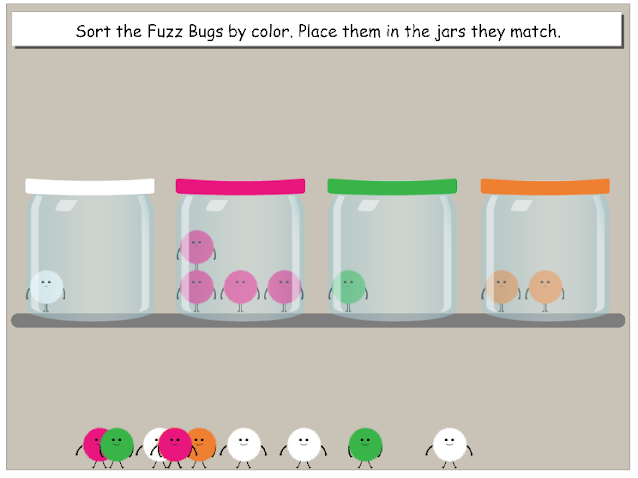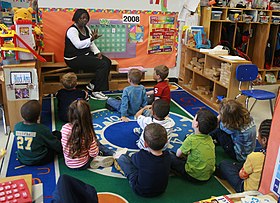
To teach a child to read, teachers must be aware of more than just phonics. For children to be able read and write, they must understand what print means. Understanding vocabulary and background knowledge is the first step. It requires children's ability to recognize and comprehend most words as well as to read the text.
Phonological awareness:
Phonemic awareness, which is essential for reading, is important. It allows students to combine, manipulate and delete sounds within a sentence. To develop this skill, a student can use manipulatives, such as objects, to hear and repeat sounds. Once a student is able identify these sounds and can hear them, they can then move on and learn words with digraphs as well as long vowels.
It is often the difference in a good and poor reader that a person's ability to process phonological data. Research-based instruction practices can be used to help teach phonological awareness.
Oral language
One of the best ways to teach children how to read is to read to them. Not only does this help your child learn to read, but it also helps them develop their vocabulary and conversation skills. Reading to your child every day is an effective way to reinforce these skills. Use rhymes and songs to help your child understand the language.

Studies have shown that repeated exposure to rich language environments leads to better communication, reading, and writing skills. It is important that parents teach their children oral language early on. Talking to and reading to children is a good way to encourage them to engage with other adults. This is the third installment in this series. It will cover the benefits of reading and strategies for improving children's speech language skills.
Whole word approach
The whole word approach to learning to read is a controversial educational approach. It heavily draws on theories of constructivism, behaviorist learning, and constructionivism. Both approaches use the same methods, but they have different purposes. B.F. Skinner is the Harvard psychologist who developed behaviorist learning theory, while Lev Vygotsky, a Russian psychologist, is known for constructivism.
The whole word approach to reading teaches children many ways to recognize words that they don't know. The whole-word approach to learning to read begins with breaking down a word in its parts. Second, students examine the pronunciation of every word and where it is placed in a sentence.
Phonics in context
Phonics is an important part of learning to read. In the Becoming a Nation of Readers report by the National Academy of Education, it was found that children who are proficient in phonics have a greater ability to identify words. This report provides useful phonics strategies like teaching letters separately and then blending them to help children recognize words. It is also noted that children are more likely to use phonics skills in real sentences when they have the opportunity.
Phonics is a key part of the EYFS curriculum, which requires early years practitioners to prepare children for the demands of Key Stage 1. It is about teaching children how to connect letters and sounds. Some of the key learning outcomes include decoding regular words, reading aloud, and writing words that match their spoken sounds.

Reading Eggs
One of the best ways to teach your child to read is by using an online program like Reading Eggs. Reading Eggs is based on five pillars and allows students the opportunity to work through their reading skills one at a time. It encourages learning through games-like play to make it fun and enjoyable. It is suitable for children aged seven to thirteen. You can test it for free to determine if it's right for you.
Learning to read is a complex process, but a good program can help your child build up their reading skills quickly. Reading Eggs features an arcade with games for kids that are mobile-friendly and encourage them to get involved in reading. You can also practice math facts in an interactive area. The app features an avatar which kids can customize and decorate. It also includes a quiz program which tests how well a child knows a topic.
FAQ
What is homeschooling?
Homeschooling is an educational method where children are educated at home by their parents. It's also known as home education, self-education, and home educating.
Homeschooling is a great option for families who want to teach their kids at home. They can receive a high-quality education at home.
They educate their children right from birth through high school. They decide what subjects and how long they should study. Everything is learned by the student on their own.
Parents decide when to begin teaching their children. Many schools recommend that children attend classes from age four until twelve years old. Some families decide to wait until kindergarten to start teaching their children.
Any number of resources can be used by parents to guide them through the curriculum. Books, videos, websites, and even magazines provide valuable lessons.
Many families find homeschooling fits well into their busy lives. Children can be spent more time at home than in traditional public schools.
What's the difference between private and public schools?
All students are eligible to attend public schools for free. They provide education from kindergarten through high school. Private schools charge tuition fees. They offer education from preschool through college.
There are charter schools that are both privately operated and publicly funded. Charter schools don’t follow traditional curriculum. Instead, they give their students more freedom to learn what interests them.
Charter schools are popular among parents who believe their children should have access to quality education regardless of financial status.
What is the best time to spend on each semester studying?
The amount of time that you spend studying depends on several factors.
In addition to these factors, some schools may require you to take certain classes yearly. This means that you won't always be able take the same courses every semester. You can ask your advisor to tell you which courses you need to take each semester.
Is it difficult for a teacher to become?
A major commitment is required to be a teacher. You will need to give a significant amount time to your studies.
You should expect to work around 40 hours per week while pursuing your degree.
Additionally, you need to find a job which suits your schedule. Part-time jobs are difficult to find for students who want to balance school and work.
When you are hired for a full-time job, you will most likely be required to teach classes during the school day. You may be required to travel across the country to teach classes during the week.
Statistics
- “Children of homeowners are 116% more likely to graduate from college than children of renters of the same age, race, and income. (habitatbroward.org)
- They are also 25% more likely to graduate from high school and have higher math and reading scores, with fewer behavioral problems,” according to research at the University of Tennessee. (habitatbroward.org)
- These institutions can vary according to different contexts.[83] (en.wikipedia.org)
- In most developed countries, a high proportion of the population (up to 50%) now enters higher education at some time in their lives. (en.wikipedia.org)
- They are more likely to graduate high school (25%) and finish college (116%). (habitatbroward.org)
External Links
How To
How to enroll in homeschooling
Homeschooling is the process of educating children at home, which includes teaching them subjects through different methods such as reading books, watching videos, doing exercises, listening to music, etc. Because students can learn at their own pace as well, homeschooling is one of most effective learning methods. It allows them to develop skills such a problem-solving, critical thought, self-discipline. communication, and social skills.
Nowadays, it is common to see parents who wish to educate their children at-home. This is especially true for parents who work full time and don't have the time to spend with their children. If this is the case, they have two options: homeschooling or a private school. This allows them to spend their time and energy on education instead of worrying about whether someone will be available to look after their children.
There are many benefits associated with homeschooling; some of these include developing the ability to think critically and creatively, increasing their knowledge base, improving their language skills, developing their personal identity, becoming independent learners, and having greater control over their life than if they were attending school.
The primary goal of homeschooling, is to give high-quality education to children to enable them to become successful adults. However, certain requirements must be fulfilled before starting homeschooling. You must determine if your child is eligible for public or private school. If you decide to start homeschooling, you should consider what kind of curriculum you will use. There are many types of curricula you can choose from online depending on your preferences, budget, and level. You can choose from Waldorf, Montessori or Waldorf curricula. Another requirement that you must fulfill before starting homeschooling is to make sure that you have the required resources needed to teach your child. This includes purchasing books, educational materials, computers and electronic devices. You can buy these items online or purchase them from local stores.
After you have completed the above steps, the next step is to register as a homeschooling parents. It is best to ask your state education department for help. They will help with the forms and give you advice on how you can start homeschooling.